I used to borrow a joke from my buddy David Schloss that Sony got things 80% right 100% of the time; but with the new Sony a7r III I genuinely feel like they've done a significantly better job than that. Based on just the specs alone, I had to buy the Sony a7r III from Adorama. When the camera actually got into my hands, I was even more amazed at how great it is. Sony's cameras have been continually improved over and over again and for the first time, a studio photographer has access to almost everything that they could possibly need with a Sony mirrorless camera. Not only do to have a fantastic 42MP full frame sensor with 15 stops of dynamic range at lower ISO settings, but you've got pretty decent autofocus performance, WiFi, weather sealing, better battery life, and that joystick that we've been begging for for years now. When you combine this with the fantastic support from Profoto, Godox, and Flashpoint amongst others in the flash system world, then you've got a gen uinely complete system with a massive selection of lenses.
Pros and Cons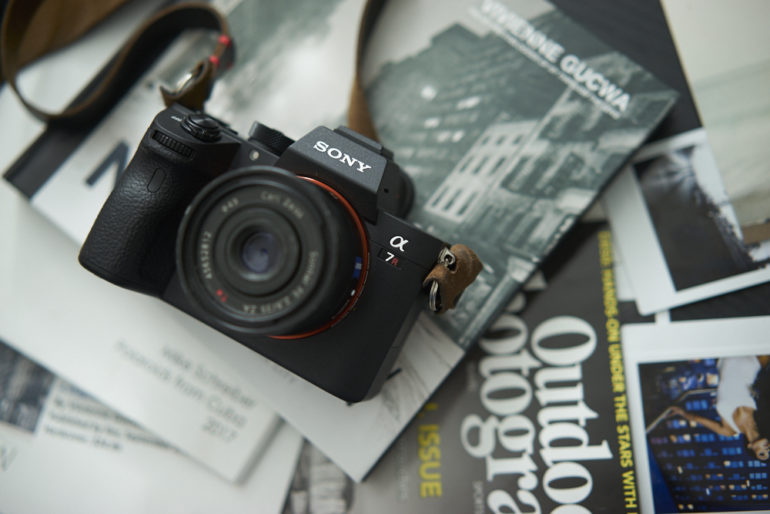
We tested the Sony a7r III with the 24-105mm f4 G OSS, 55mm f1.8, 32mm f2.8 Zeiss, 70-200mm f2.8 G Master, 24-70mm f2.8 G Master, 16-35mm f2.8 G Master, and the Profoto A1.
Tech SpecsTech specs for the Sony a7r III taken from the Adorama listing, where you can find even more.
Taken from our first impressions post
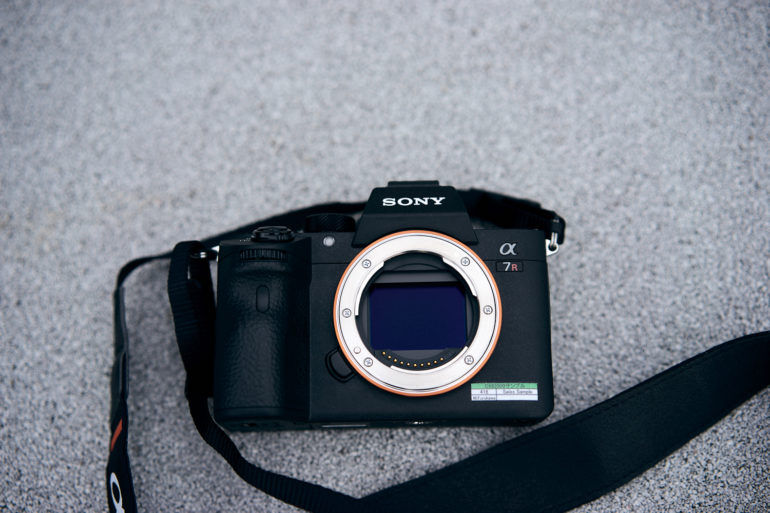
In terms of ergonomics the A7R III looks and feels almost exactly like the A7R II and all of the other second-generation A7 series cameras do. If you are a fan of the ergonomics and feel of those cameras then the A7R III will work very nicely for you. It is comfy in the hand and has a nice weight to it with the new 24-105mm F4 G OSS. The grip is a bit bigger and the addition of the joystick though is fairly significant otherwise. In addition to that, the mode dial is on the top right vs the Sony a9's top left.
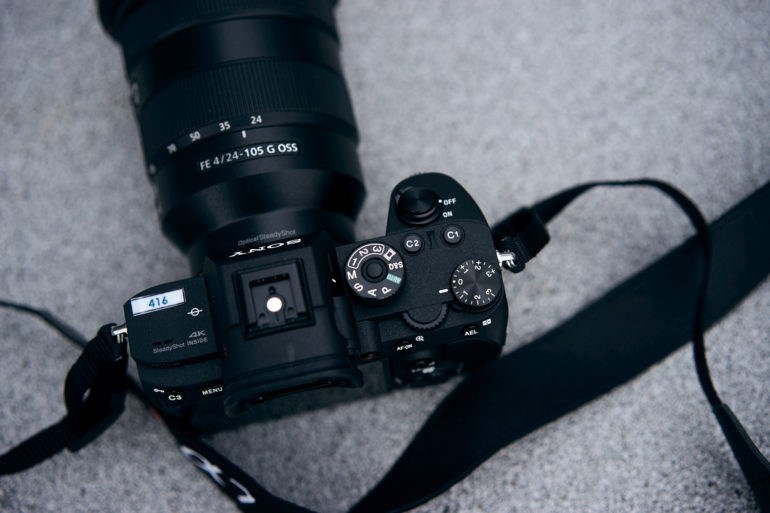
But still, if we are honest, it would be great if Sony spent some more time on designing these A7 bodies to be a little more pretty to look at. They are just so sterile. We aren't asking them to go full on Fujifilm or Olympus with an overly vintage design aesthetic, but something that looks a bit nicer than the minimalist aesthetic they have going now would be an improvement in our eyes.

The Sony a7r III is said to have better weather sealing that previous a7 cameras; and to be about on par with the Sony a9. For what it's worth, years ago I had a terrible accident with a Sony a7s body. Sony themselves warns against going out into very heavy rainstorms and shooting with the camera. With that said though, I surely did take it into the dust of Sedona where it operated just fine. But would I take it out into a heavy rainfall? Maybe. With that said, Sony's lenses are said to be made very rugged–especially the G Master lenses. So keep that in mind!
Ease of Use
When you're going through the Sony a7r III, I strongly recommend taking a lot of time and setting it up via the menu system. I strongly recommend this even for experienced Sony users. The menu system is deep and can be intimidating but if you go slow then the problems are much less. Since I spent time with the Sony a7r III beforehand I knew this going in. So when mine actually came in, I took my time to ensure that everything I wanted was there. Primarily, I like setting the back dial to ISO, the front dial to shutter, the back to aperture, setting the diopter, the movie modes, the autofocus modes, etc. Oh, and I wouldn't do anything without having a quick white balance change set up.
What I really want to comment on though is the five axis stabilization. It's much better than before and being able to get sharp images when shooting down to 1/15th with a 55mm f1.8 is fantastic. Of course, I've been known to have better hand holding abilities than most. But I still thoroughly enjoy this process.
Something that annoys me about the Sony a7r III is the fact that if you want to work with a flash wirelessly, you need to actually turn that setting on in the camera menus. For some odd reason, it's disabled–and that's one of the first big variants away from the Minolta flash system that is still in many ways buried inside of Sony's DNA. In my tests, I didn't see any sort of major battery performance impact whether it was turned on or not. To me, that's the only reason why I'd consider even needing to have such a menu item.
Autofocus
The Sony a7r III has fantastic autofocus even in low lit situations. In Sedona, the camera almost never seemed to miss its subject. But in NYC and with independant testing, it missed a bit more than it did on the Sony press trip. Still though, the keeper rate is incredibly high overall. The Sony a8, and the Sony a7r III are both fantastic when it comes to autofocus and I feel them to be a bit better than the nikon D850. But to date, the best autofocus on any camera that I've tested is the Olympus OMD EM1 Mk II. Granted. Four Thirds sensors have much more in focus at a given aperture and even that camera tended to miss focusing on subjects at times. If you're going into the studio or doing location work with this camera though, then you've got everything that you need. If you're shooting an event in darkness, you'll be fine for the most part.
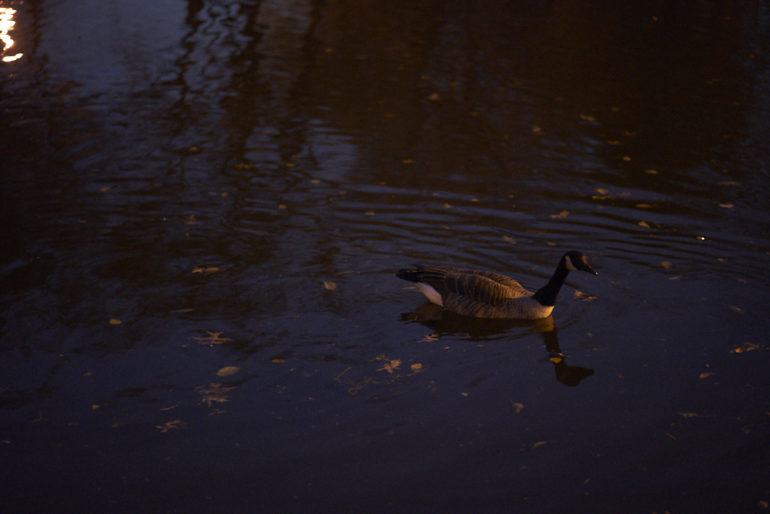
When shooting fast moving objects, the Sony a7r III also did a great job providing that there was a fair amount of sunlight. If you're tracking fast moving objects in the dark, expect it to hunt a bit more but still lock onto the subjects. Below are a number of images shot of Jared Polin, and a number of cyclists using Profoto lighting to stop the fast motion.
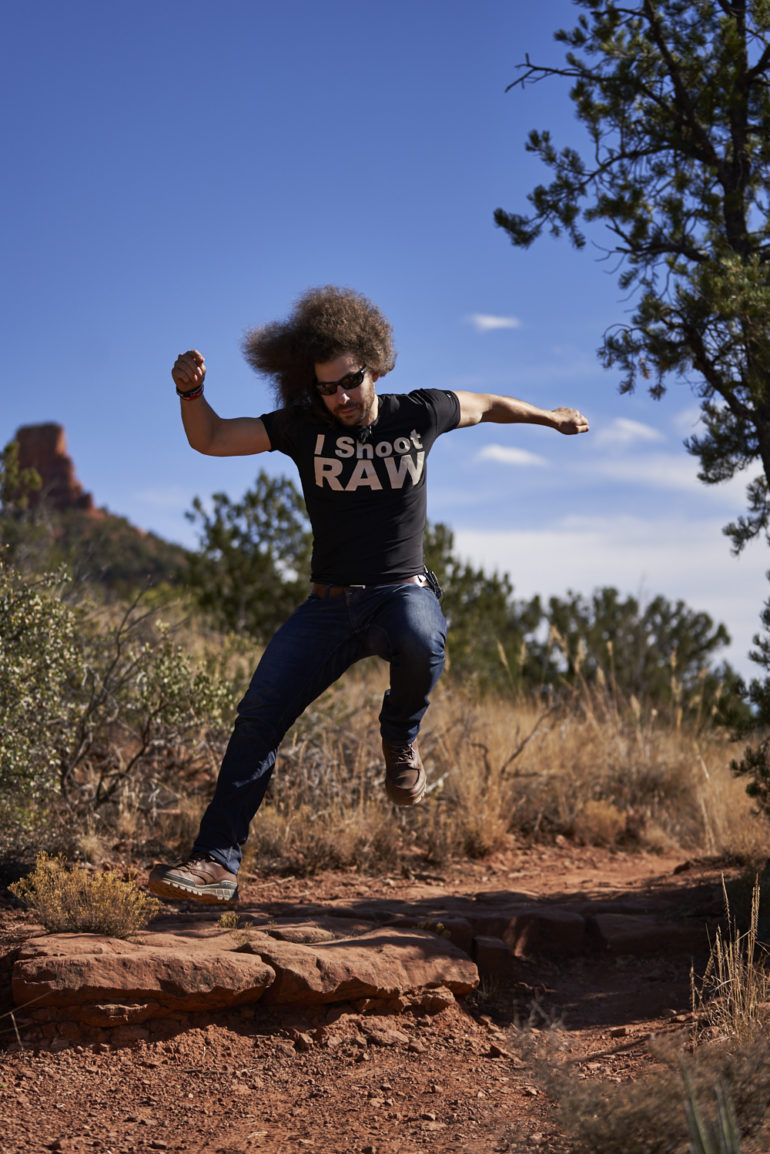

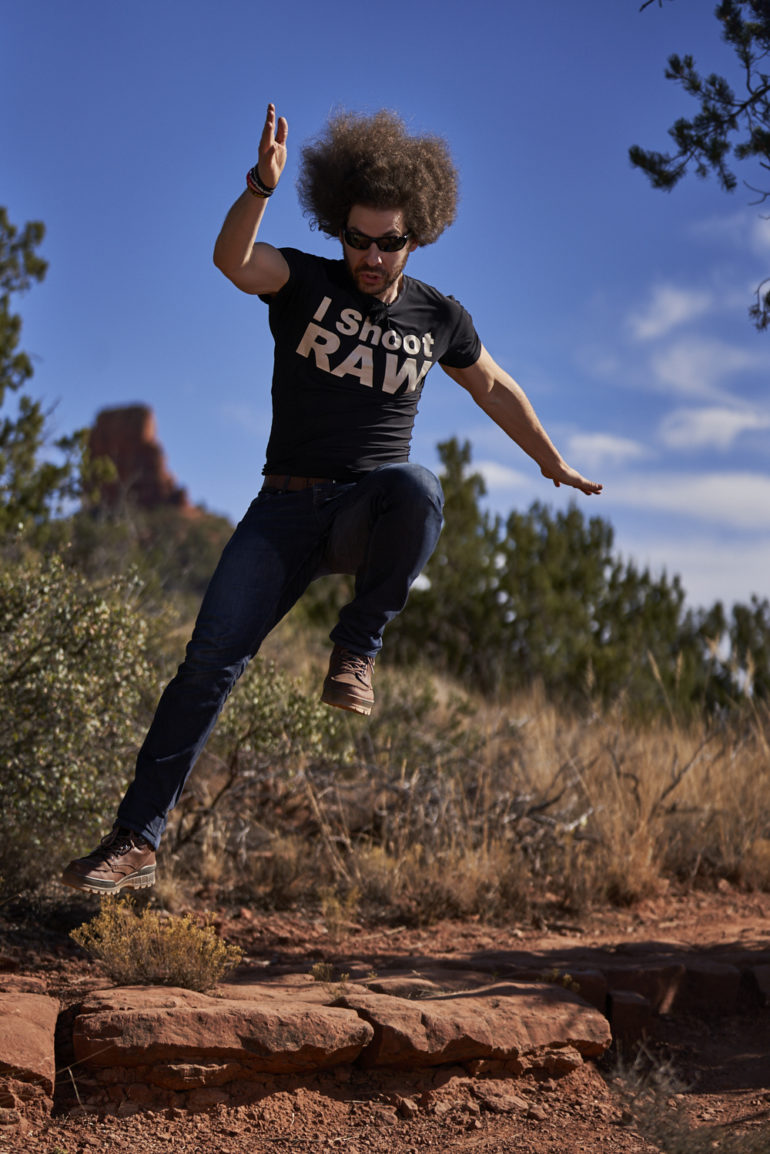
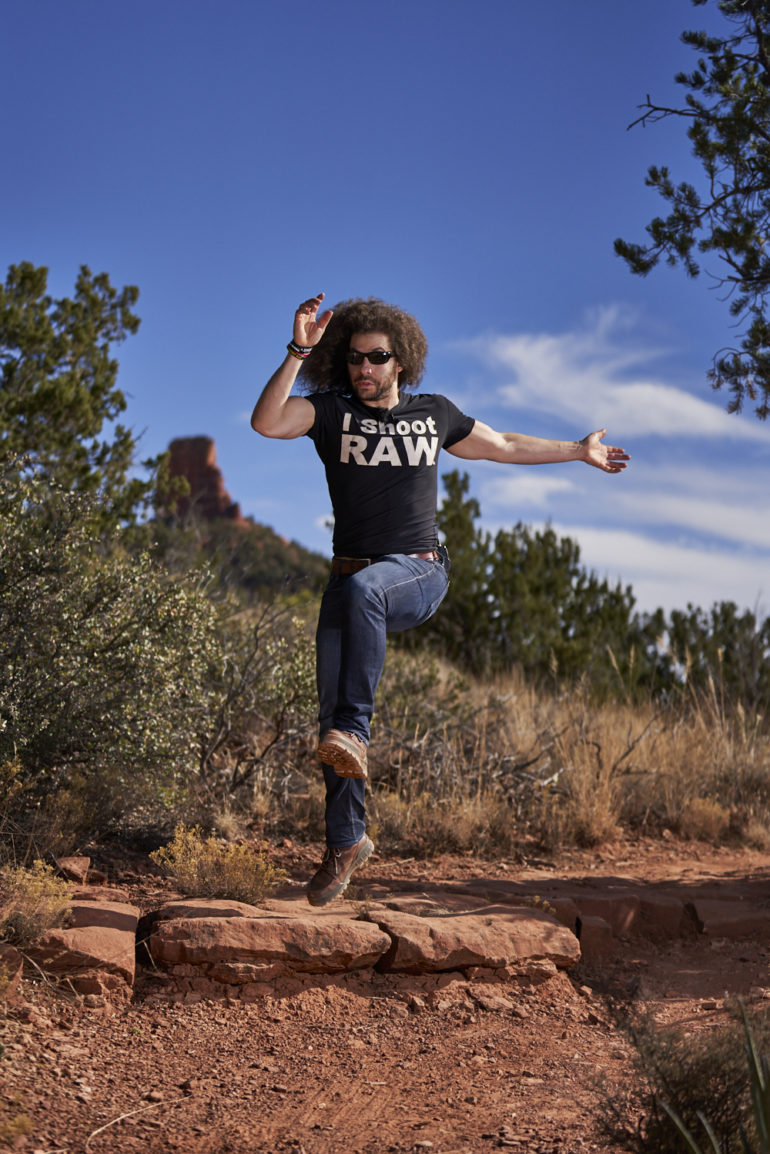


In our tests, the Sony a7r III did a great job when it comes to metering. It's more or less on par with Sunny 16 laws. But when a flash is put into place, it seems like the camera wants to soak up even more light. With that said, you may want to underpower the flash a bit or stop your lens down, or even do something like lower your ISO setting. With that said though, I strongly believe that even if the camera's meter is off, it's offset by the fact that at lower ISO settings images from the Sony a7r III have such an absurd dynamic range of 15 stops. You can screw up the exposure and still have a very forgiving file.
Image QualityImage quality from the Sony a7r III is much more to my fancy than the Sony a9 was. In my tests, I found that the Sony a9 had really weird issues with color gradation and skin tones. But with the Sony a7r III, I found those to be just fine. The best images come when you slightly underexpose your photos and manually white balance. Then you can take them into Capture One and work absolute magic with them. For your convenience, a video has been posted above that shows off how we went about editing the photos in Capture One.
JPEG Output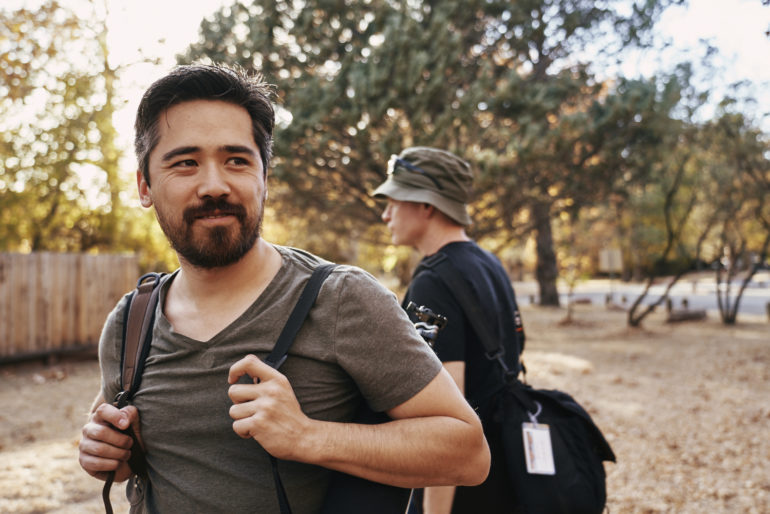
Yes, I wanted to see what the JPEG output would be like. Why? Well, sometimes you need to quickly post something to Instagram and sometimes the JPEGs are more than good enough. In this case, they're surely fantastic. But at the same time, my best JPEGs come when I manually white balance.
RAW File Versatility
Original
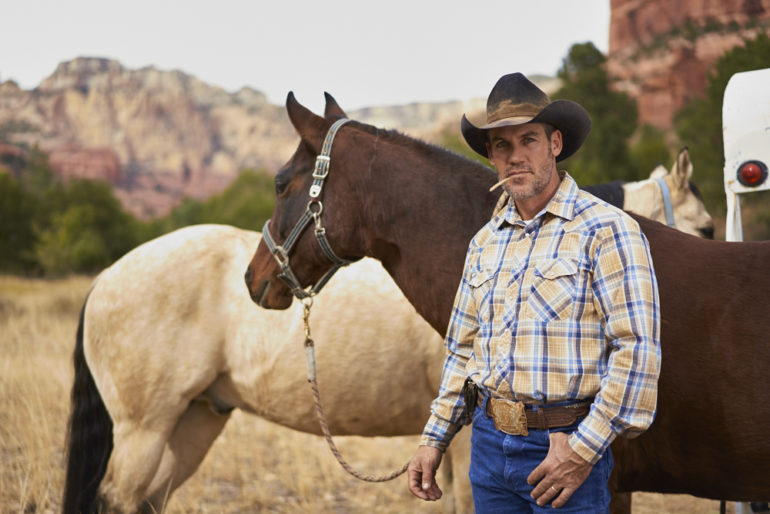
Edited
Above is one situation where I wanted to see just how much detail I'd be able to get from the Sony a7r III raw files. Interestingly, it pulled a whole lot of information from the highlights without creating any sort of issues. I'm very happy with the results here. Where I oddly saw problems though are with pushing shadows.

Original
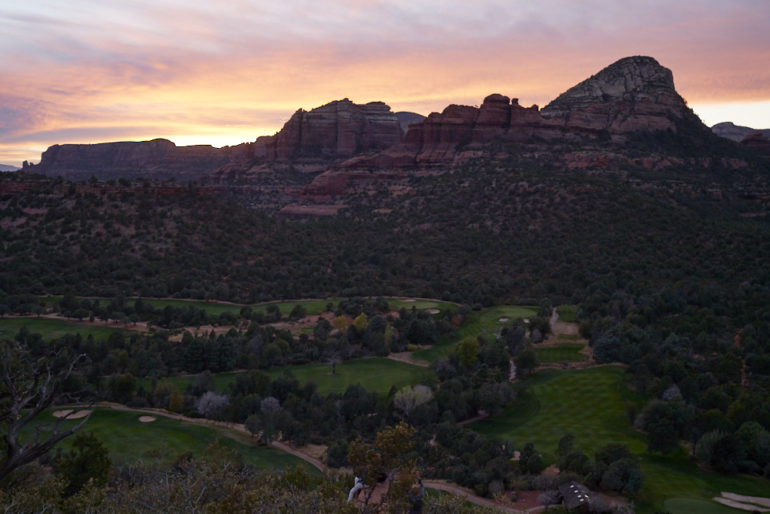
Edited
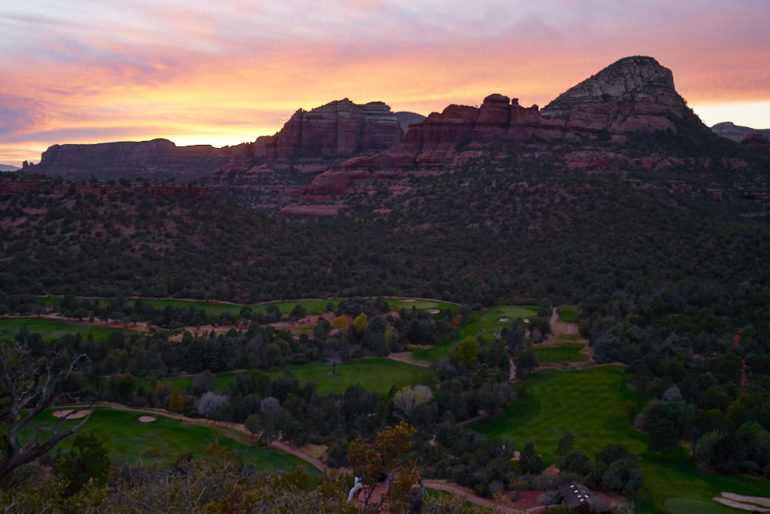
Edited with enhanced color
In this test, I pushed the shadows quite a bit and created a lot of image noise that really needed to be nerfed. This hasn't happened with many other Sony cameras such as the Sony a9 and the Sony a7s II. But I guess that's just the tradeoff! Would I print this photo? Probably not large. But either way, I'm incredibly impressed at what the Sony a7r III can do with colors and highlights.
High ISO Output
The Sony a7r III RAW files are when it comes to high ISO output. While I don't think that I'd make 17×22 inch prints from the Sony a7r III at ISO 6400, I'd surely make something a bit smaller at say 8×10 with no troubles. But if the images are simply going on the web then ISO 6400 is fantastic, though even with noise reduction off, there are some details that surely do get missed. Luckily, this is a 42MP full frame camera and with good glass,you'll hopefully get those details back.
Extra Image Samples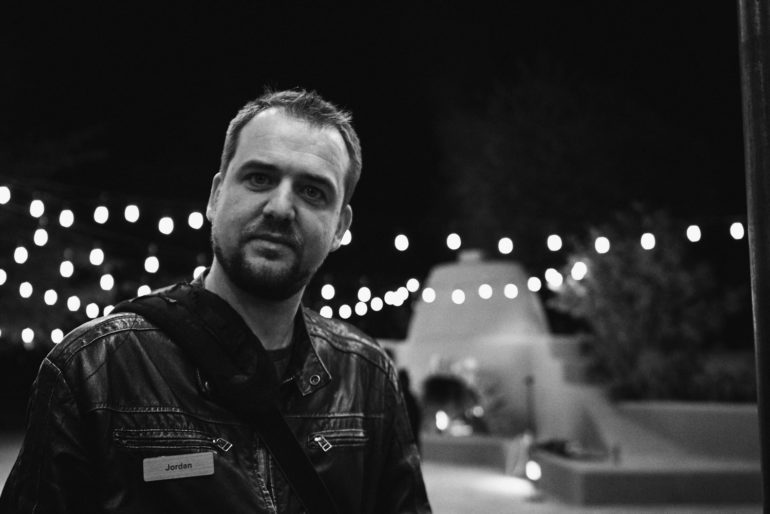
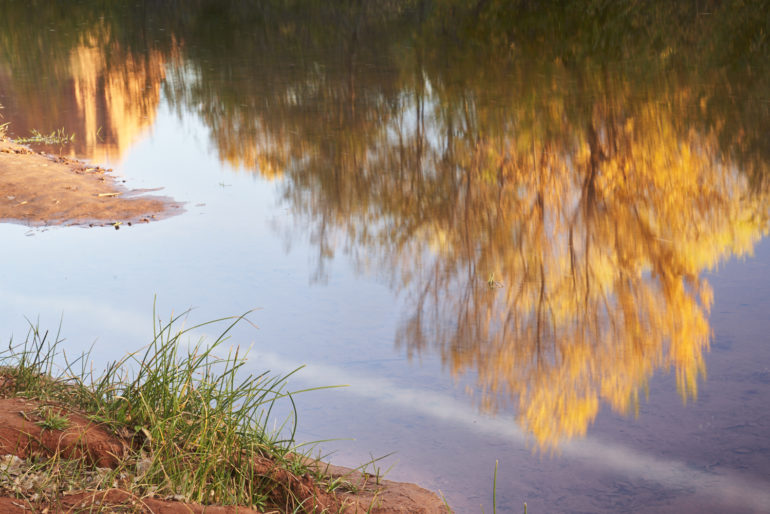
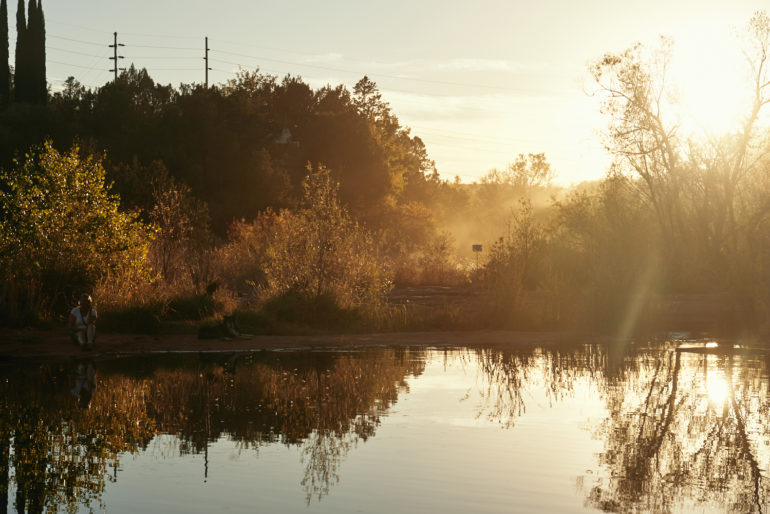


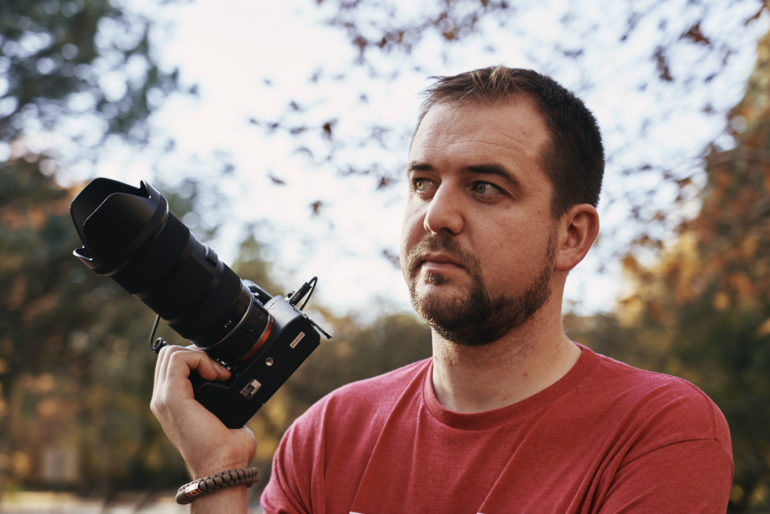




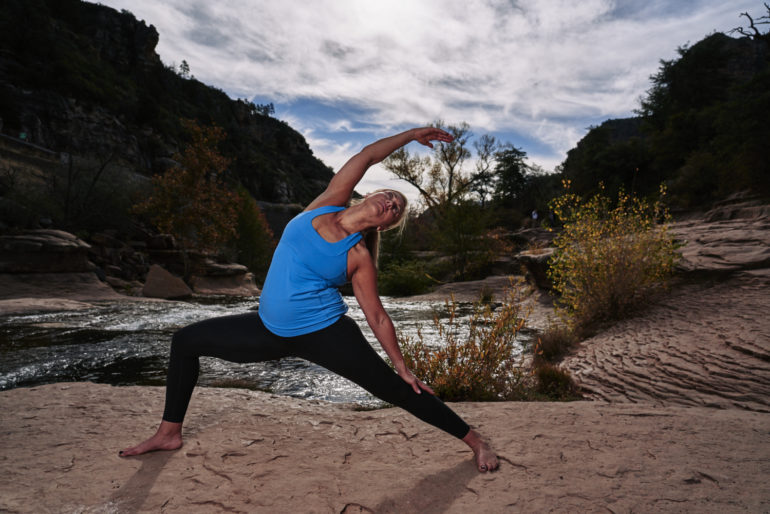

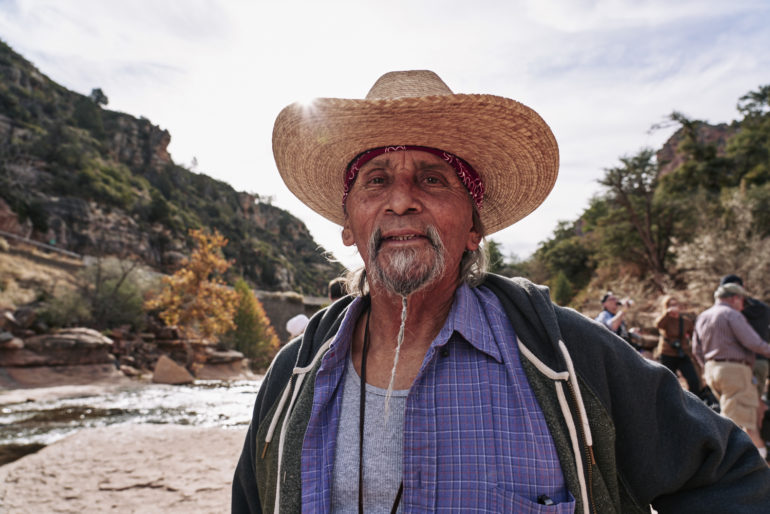

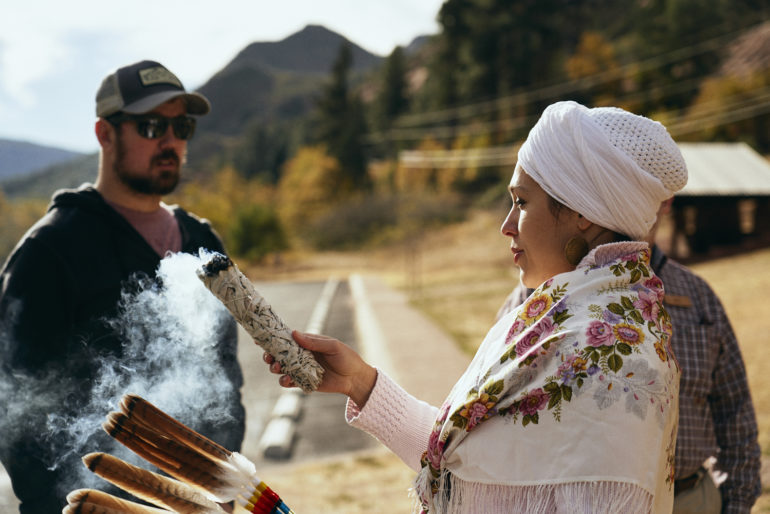
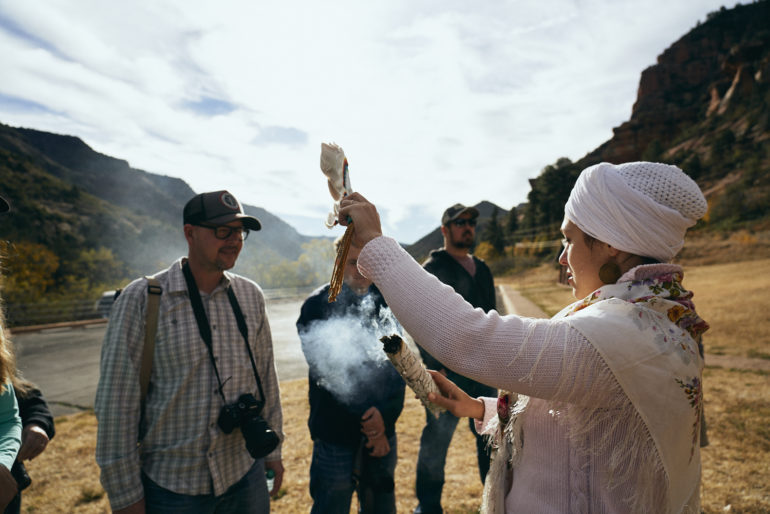

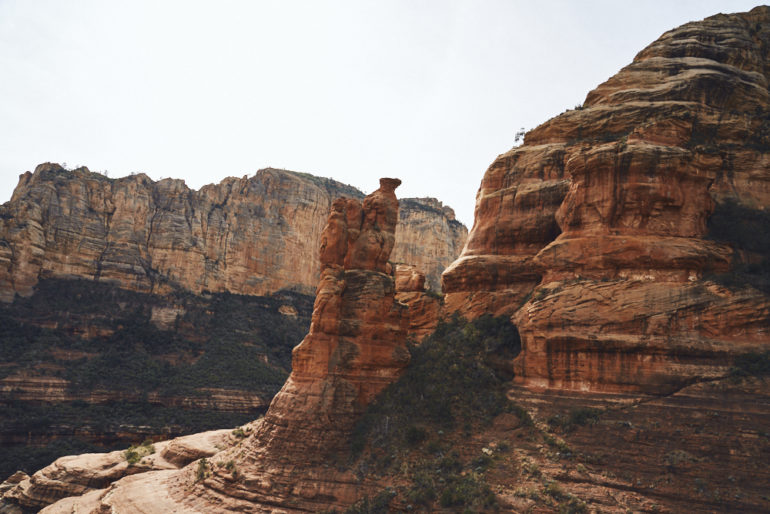
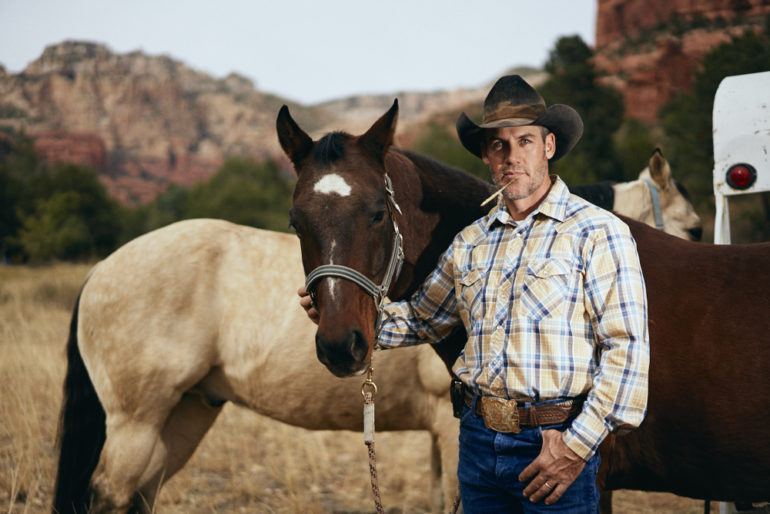

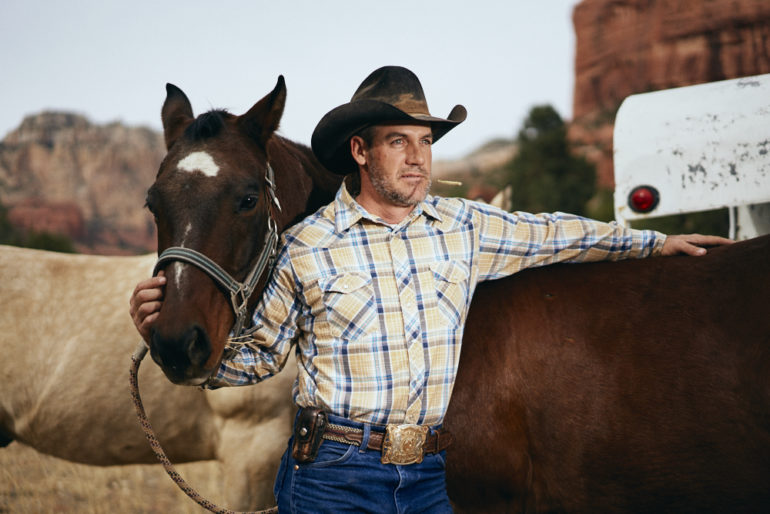

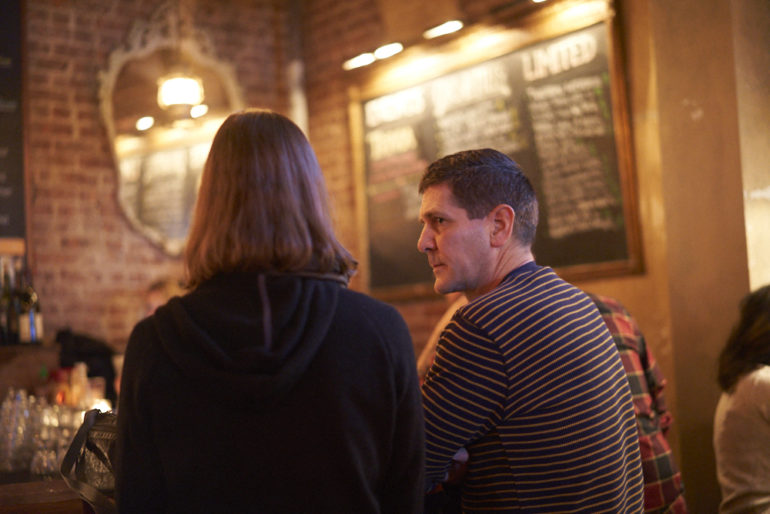


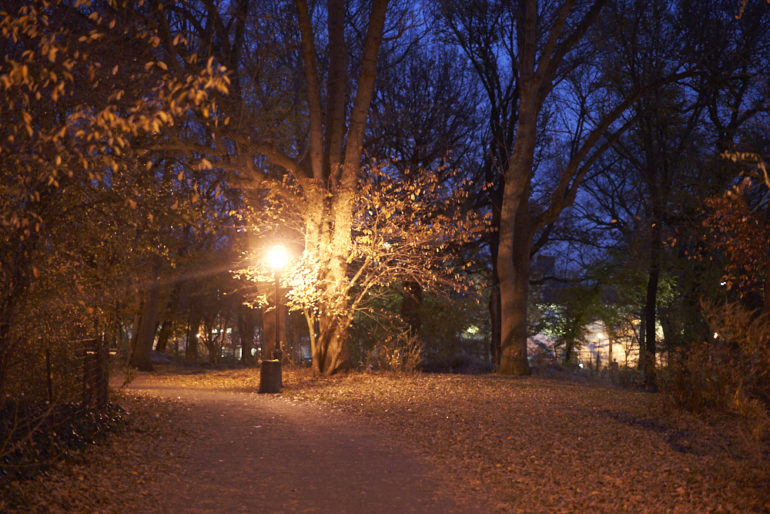
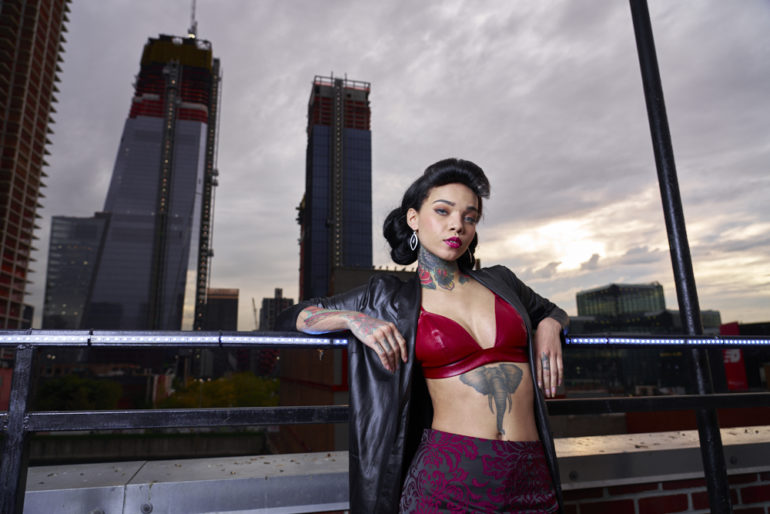
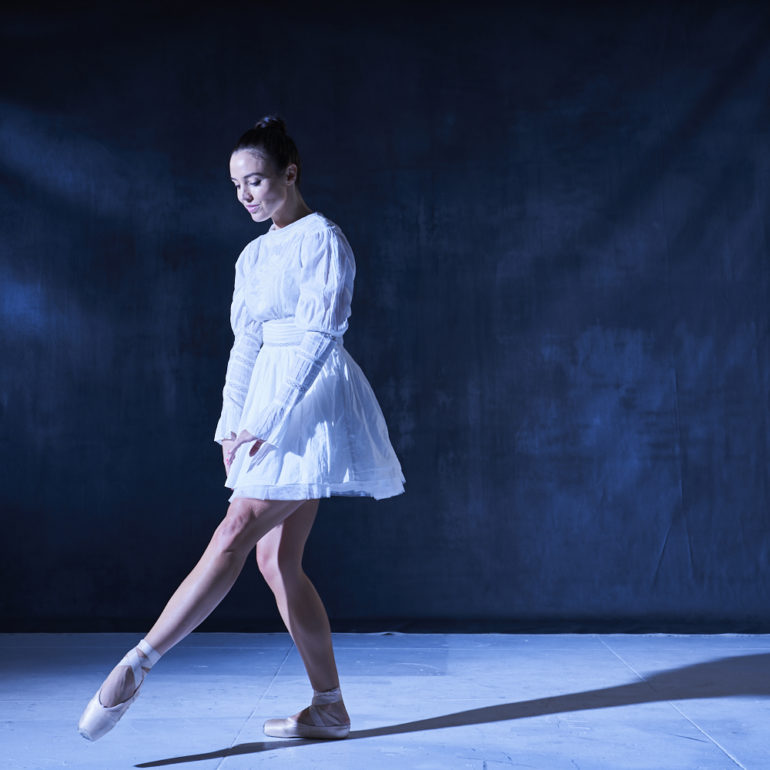

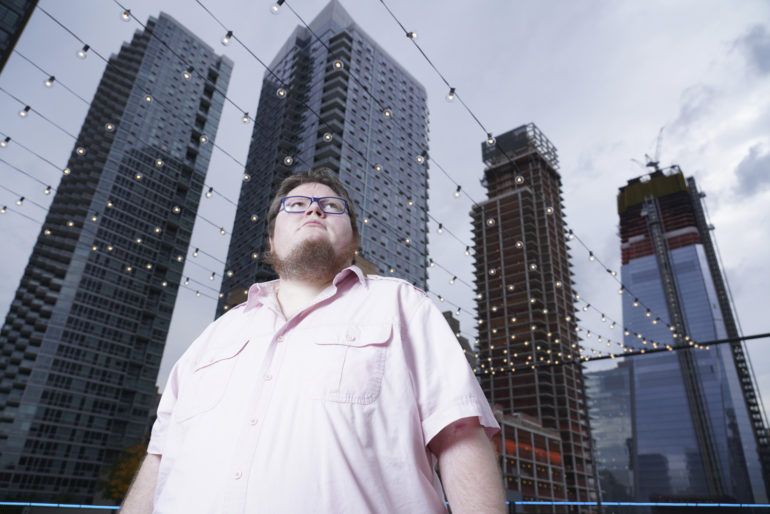
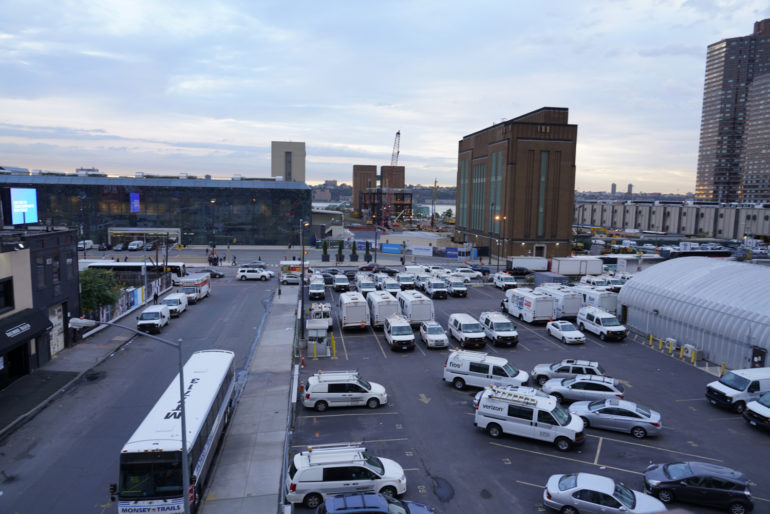

The Sony a7r III is a fantastic camera that is pretty much everything that every working photographer needs. Good autofocus? Great RAW file versatility? Third party lens support? Third party flash support? Improved battery life? Dual card slots? Weather sealing? I mean, what is there to not like. Anything that isn't that great about the Sony a7r III can be overcome and in no way do I see it being a burden in the long run. The Sony a7r III is replacing my Sony a7 as my main camera, although I still still keep the original due to just how good it still is. I recommend the Sony a7r III for working professionals and semi-professionals. And if you get it, I strongly recommend using it with Capture One to make the most of it.
The Sony a7r III receives our Editor's Choice award and five out of five stars. I bought mine from Adorama at an Editorial Discount which I must ethically declare. But if you want to support this site, then consider purchasing one using our Amazon link.
Source: Review: Sony a7r III (The Camera So Many of Us Have Been Waiting For)
No comments:
Post a Comment